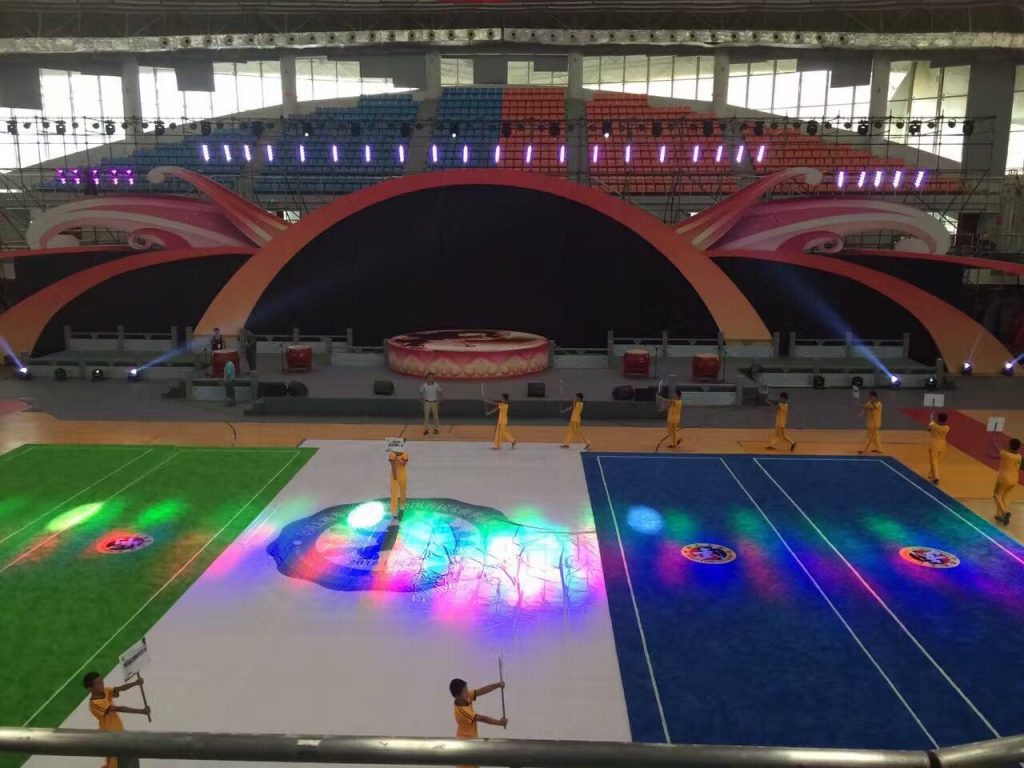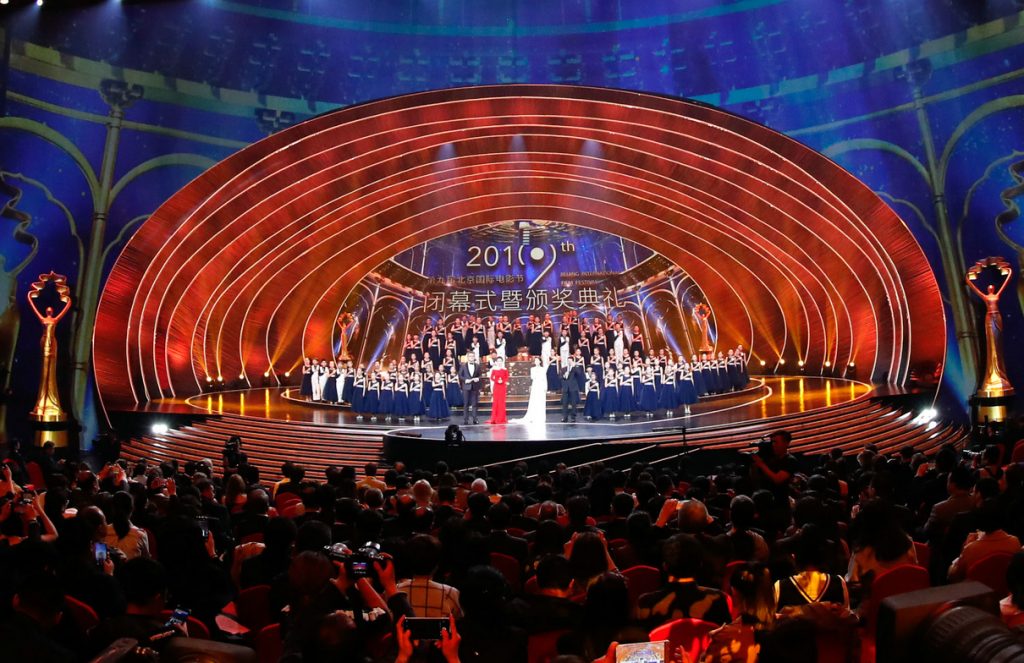Now there are more and more types of stadium led display. In fact, the screen is still the same screen. The essential principle of the led display has not changed, but some changes have taken place in the external form, materials, application scenarios, and fields of use, and then the special naming is convenient.
The distinction is actually to subdivide the LED screen market according to needs, such as the previously mentioned soft screen, floor tile LED display, light pole LED screen, sports stadium screen, etc.
The stadium LED display mainly displays live events, game time, scoring, sponsor advertisements, etc., and is generally distributed inside and outside the stadium. It can make the audience feel a very shocking effect, with a different visual experience and enjoyment.
At present, there are many international and domestic sports events, such as the NBA, Olympic Games, European Cup, etc., the LED display is almost like a shadow in the stadium. The LED large-screen display system has replaced the traditional lighting and CRT display, and has become one of the necessary facilities for modern stadiums. Today, let’s take a look at the specific requirements for the stadium LED display.

The safety and stability of the stadium LED screen should be high
In public places, safety comes first, and there are many people watching sports games and large-scale events. Any faults and mistakes will have a great impact, so stable engineering quality is the objective requirement of users.
For example, the use of optical fiber transmission will avoid signal attenuation, so as not to delay the live or broadcast screen. Some measures such as protective pads can also be used to prevent safety accidents. It can be powered by dual power supplies. When one power supply fails, the other can be automatically connected without affecting the normal display of the large LED screen.
The stadium LED screen needs to support a variety of input interfaces
The stadium display screen can not only be broadcast in real time by the camera, but also broadcast TV and satellite TV programs, play VCD, DVD, LD and various self-made video signal programs, support various formats such as PAL, NTSC, etc. The display content can also be displayed on a computer. It also needs to be able to connect to the referee system, timing and scoring system, and the LED screen can display the game time and score in real time.
The flame retardant grade, protection grade and heat dissipation performance of the stadium led electronic display are better, especially for outdoor sports events, which need to take into account the changeable climate environment. For example, the southern part of my country focuses on moisture resistance, the plateau area is resistant to cold, and the desert area needs to consider the problem of heat dissipation.

The large LED screen in the stadium needs a wider viewing angle and a higher refresh rate to ensure the clarity of the video display. Especially when introducing player information, scores, slow-motion replays, highlights, slow-motion replays, close-ups and other live broadcasts, it is necessary to consider whether the audience can see it clearly.
The LED electronic screen of the stadium should choose the corresponding point spacing according to the viewing distance. For example, in a large outdoor stadium, a display with a larger point spacing is generally selected. P6 and P8 are the two common point spacings in outdoor stadiums. The viewing density of indoor audiences is higher and the viewing distance is closer. It is more appropriate to choose P4 and P5 for the point spacing.
Sports LED display application:
1. Introduce the players’ information and the actual situation of the competition. The large and clear live game screen breaks the seat restrictions and makes it easier to watch the game from a distance.
2. Connect to the referee system and timing scoring system, and the LED screen can display the game time and score in real time.
3. The slow-motion playback has become the basis for the referee to make a correct decision, maintaining the fairness and justice of the game and reducing unnecessary conflicts.
4. Highlights, slow-motion playback, and close-ups bring a perfect visual feast to the audience.
5. The broadcast of commercial advertisements adds icing on the cake to the competition scene, and the perfect picture quality and sound effect make the scene more atmosphere and shocking.

Features of LED stadium screen solution:
- High brightness (adjustable), high refresh, low power consumption, can save 50% energy.
- The white balance effect is good, and the advanced point-by-point correction technology can make the display between each module and pixel without chromatic aberration.
- The software partition function can realize the multi-window display of the whole screen, and can display images at the same time, real-time display, text, clock, and competition scores.
- The use of an efficient optical fiber transmission system effectively reduces the signal delay caused by the long transmission distance in the stadium, and ensures the consistency of screen playback.
- The mask is designed with a silicone soft mask.
- The box body can be adjusted flexibly. It can ensure that the visual effect of the large viewing angle is not distorted.
- The protection level is high, which can reach IP65.
Of course, as part of the system, the LED electronic screen of the gymnasium has more detailed technical requirements. Due to space limitations, I will not list them one by one. Interested friends can leave a message to share your needs.